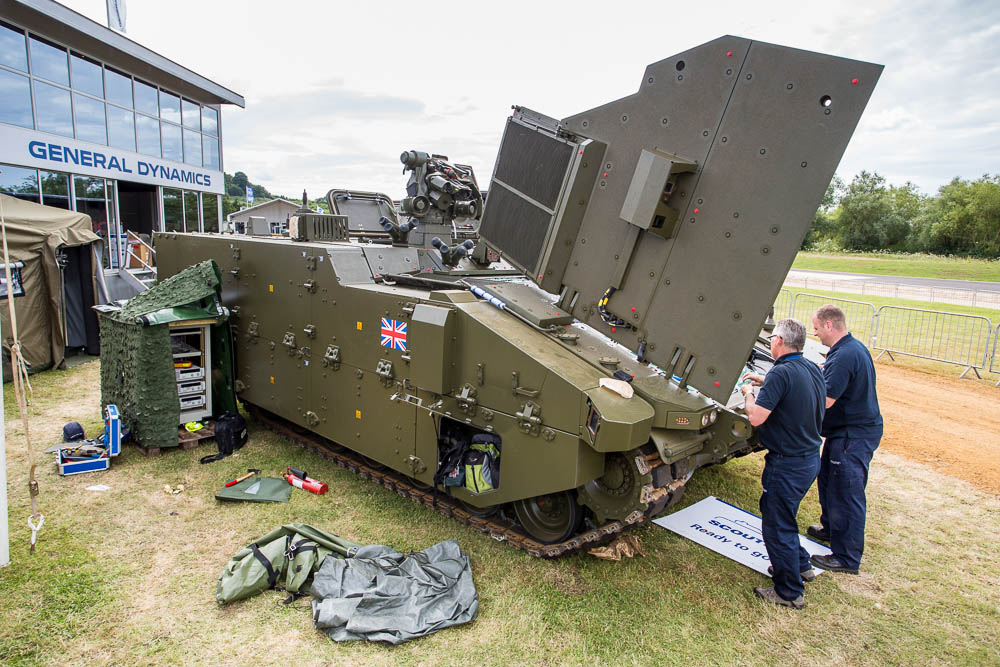The tanks are fitted with Kontakt reactive armor and will serve for "anti-terror operations", which means that they are intended for fighting in the East-Ukraine against the separatists. Other sources than Jane's (i.e. Ukrainian sources) claimed that these tanks were for an air-mobile unit, which does not take part in any combat operations in the east of the country.
| The "new" tanks for the Ukranian army |
Other than adding Kontakt ERA, other not further mentioned changes were done to turret and hull structure.
Source: Jane's IHS
This tanks show in which a desolate situation the Ukrainian army is - the T-80 used are outdated and the modernization is a joke. They are far worse than the modernized T-64BM Bulat or the current T-84-based Oplot tanks.
The use of Kontakt-1 ERA (which does provide only very limited amounts of protection compared to more modern ERA systems) and the retaining of the old infra-red sights certainly shows that the lack of money and/or production capacity in the Ukraine is a real problem. These tanks were "modernized" (refurbished seems to be more appropriate) to a technology level of approximately 1984!
That said, it appears that tank vs tank combat is highly limited in the Ukrainian conflict. Still viable protection against rocket-propelled grenades and anti-tank missiles is not offered by the modernized T-80 tanks.
The fire control unit of the old T-80(B) is probably accurate enough against structures and infantry, when firing from slow move (25 kmph) or from static positions..

